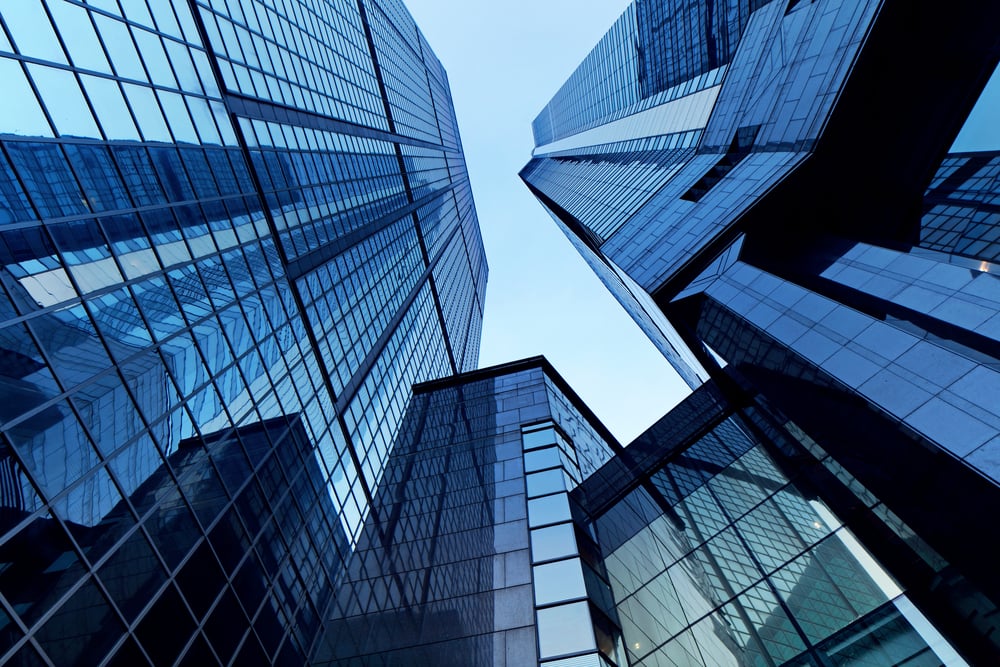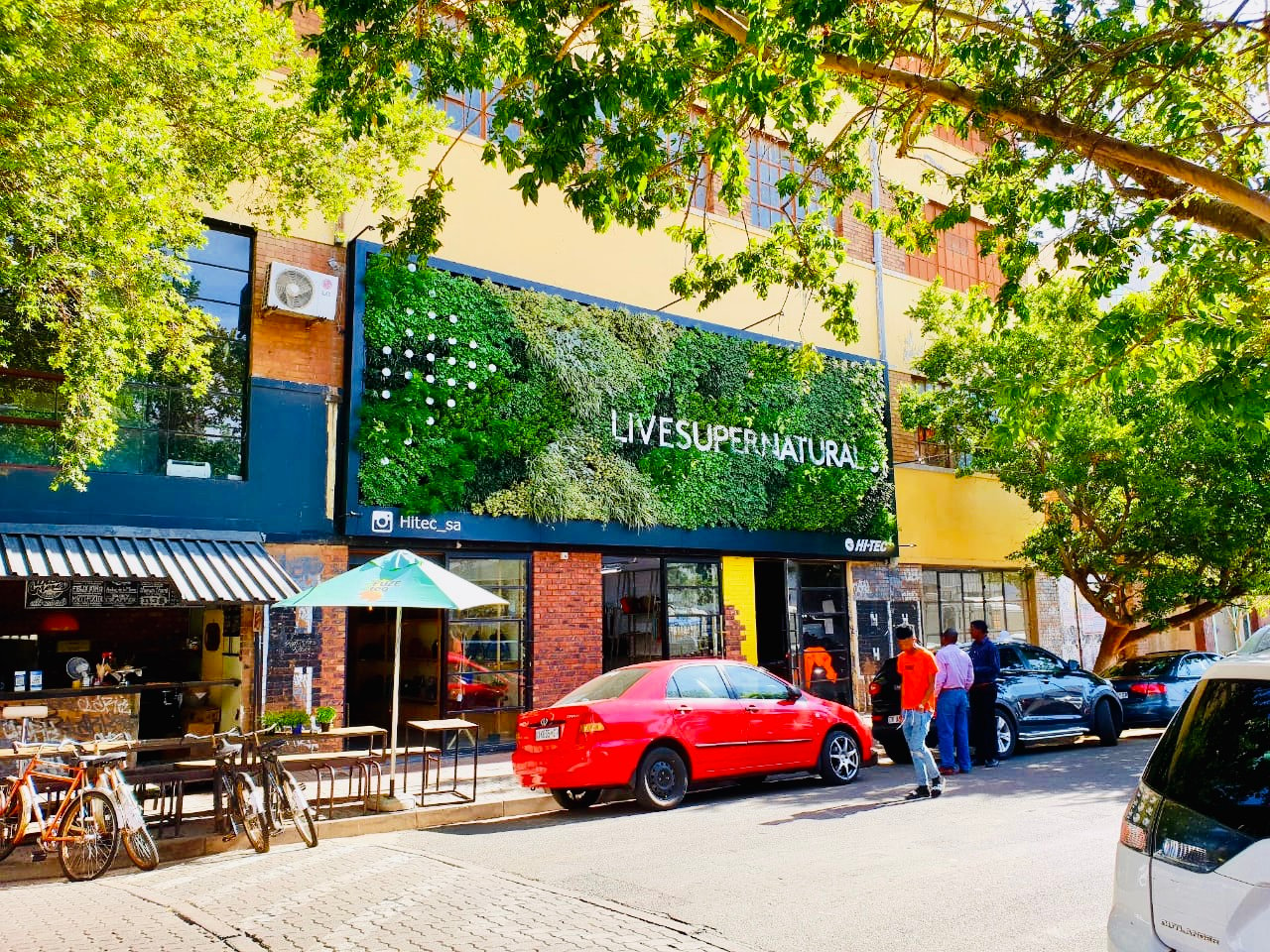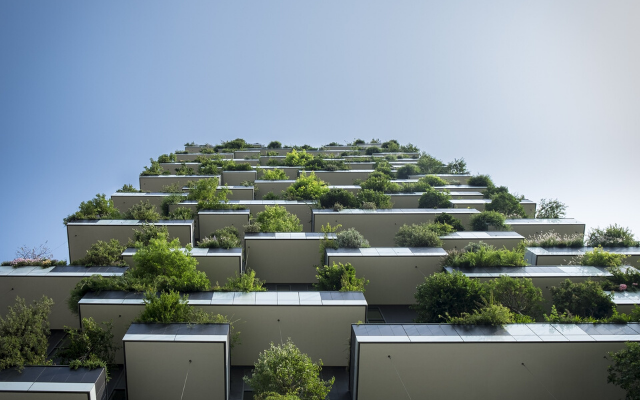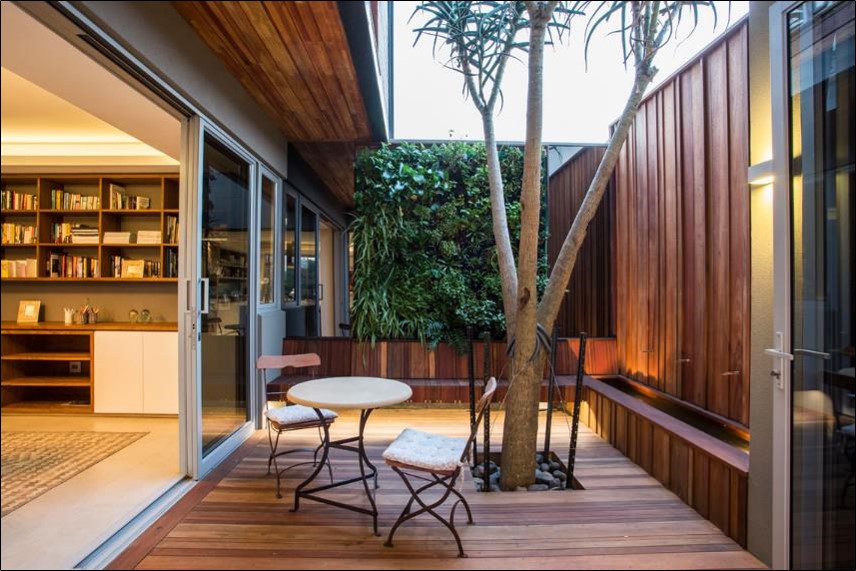The Green Revolution: How LEED Is Transforming the Way We Live
There has been a consumer driven green wave in recent years that’s taken on everything from drinking straws to plastic bags. However, it’s reaching farther afield and making waves in the construction industry, with an increasing number of individuals and businesses looking towards more sustainable practices in an effort to reduce the 39% share of carbon emissions associated with buildings and construction.
One force working behind the scenes for more than two decades is LEED, which has moved from individual buildings to wider communities, and even the building blocks of cities, to deliver quantifiable green initiatives and ratings. These have slowly rippled out to transform the way we live, with many of LEED’s principles affecting us on a daily basis — even if we don’t know it!
What is LEED?
LEED, which stands for Leadership in Energy and Environmental Design, is the preeminent rating system for environmental and sustainable buildings and is utilized by projects around the world. Started by the U.S. Green Building Council (USGBC) in 1998, it awards certificates (Platinum, Gold, Silver, and LEED Certified) based on the number of points a project acquires.

These points can be achieved through green and sustainable practices, which for commercial buildings are broken down into five main categories: Sustainable Sites; Water Efficiency, Energy and Atmosphere, Materials and Resources, and Indoor Environmental Quality. There are a certain number of prerequisites which represent the minimum any building must achieve in order to be considered for LEED certification, but once a project has these, it is free to pursue any other combination of credits.
For example, if an organization was building a new office, they could earn five points for ensuring it has access to quality transit and a further one point for installing bicycle facilities. They could achieve another three points for rain management and a further point for water metering. At its most basic level, the more points awarded means a higher certification and a more sustainable building.
There are multiple categories in which private homes can also gain credits, and in recent years, LEED has expanded to help communities and entire cities achieve better environmental standards. This wide-ranging reach, and large uptake, is the reason that LEED is beginning to drive real change in our everyday lives.
Work, Home, and Communal Spaces: LEED Does It All
The importance given to environmental protection and sustainability has grown over the past two decades, and this is seen clearly in the increase in LEED-certified buildings over this period. The number in the United States alone jumped from just 296 certifications in 2006 to more than 67,200 in 2018.This means that we are coming into contact with these buildings with increasing frequency, and they have a profound influence on our lives.
Firstly, LEED not only focuses on creating more energy- and resource-efficient buildings but also looks to improve the physical and mental health of the people who use those buildings. With credits given for applications such as thermal comfort and access to daylight, it is the people, and their lives, that are the focus.

Additionally, there is a ripple effect from LEED-certified buildings into other aspects of our lives. Going back to our previous example, if the office was to pursue transit and cycling points, this helps the individuals of that building use public transport, reducing their personal carbon footprints as well as improving general air quality
If they were to opt for a bike, which is accommodated for within this new LEED office, they would lessen their environmental impact even further as well as simultaneously improving personal health. Here, six points in one LEED project could ripple out to impact the environment, health, and wellbeing of potentially hundreds of people.
Beyond commercial buildings, LEED is also increasingly applied to residential projects, which according to the USGBC “are designed to provide clean indoor air and ample natural light and to use safe building materials to ensure…comfort and good health.”
What’s more, the holistic approach to sustainable building that LEED promotes is now being taken further than just individual houses, with whole neighborhoods and cities included in the rating system.
Local governments can use LEED to create “sustainable and specific plans for natural systems, energy, water, waste, transportation and many other factors that contribute to quality of life” in a positive way.
One of the prerequisites for cities is the creation of green spaces, for example, which is specifically designed to “provide accessible green spaces to positively impact physical, mental and psychological health and wellbeing of the community while also enhancing the environmental quality.”

While these types of programs have existed on a local level for a long time, it is the LEED certification system that allows them to be quantified and thus transform people’s everyday lives. The Green Spaces credit, for example, requires:
- A minimum of 121 square feet of green space per person within the city.
- That each parcel of green space must be at least 7,212 square feet.
- That 90% of dwelling units must have a green space within ½-mile walkable distance.
These are very specific and achievable goals. And this is just one of the numerous prerequisites that cover everything from energy and waste to equitability, prosperity, and health and safety on a citywide scale.
What LEED has done is create achievable aims in systematic ways which can be implemented around the world, ensuring a certain standard for all types of green project. There is a holistic approach that takes into account people as well as the broader environment, and it is this combination that is transforming the way we live through measurable shifts in our workplaces, homes, and shared city spaces.
For Information About Adding Green Into Your Space:




